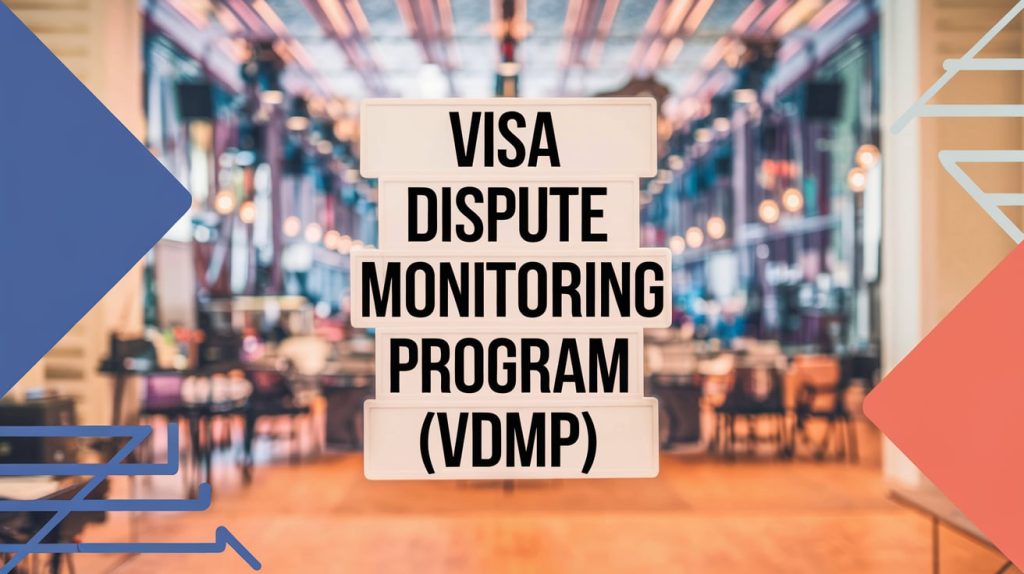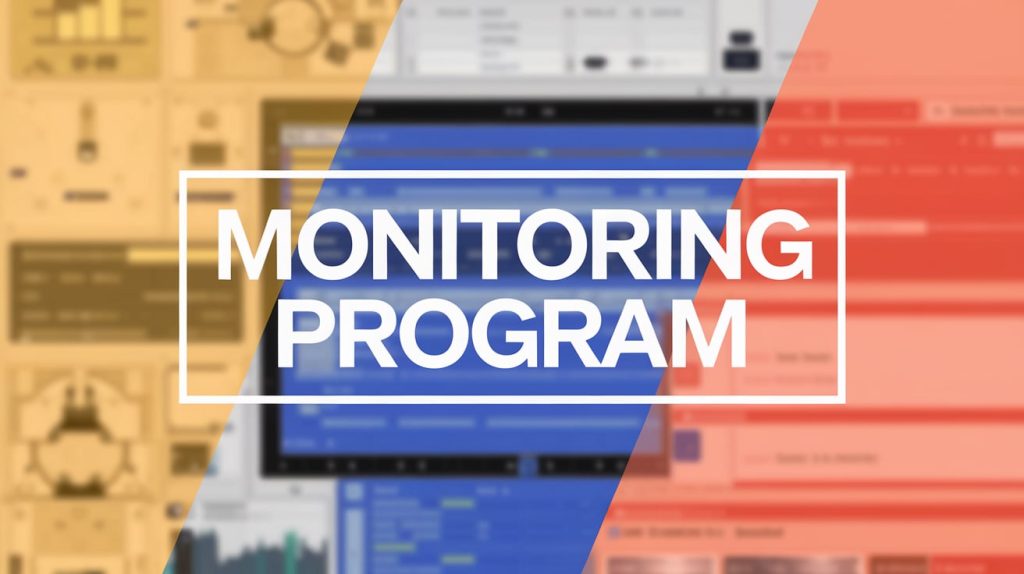Visa Dispute Monitoring Program (VDMP): A Detailed Guide for Merchants
Introduction to VDMP
The Visa Dispute Monitoring Program (VDMP) monitors and reduces excessive chargebacks among merchants. Visa uses this program to protect the integrity of its payment network. Merchants enrolled in the VDMP face strict oversight, with potential fines and penalties if they fail to reduce their chargeback ratios. Understanding and complying with the VDMP is essential for businesses processing Visa transactions, particularly those in high-risk industries where chargebacks are more common.
How VDMP Works
The VDMP determines a merchant’s enrollment based on their chargeback ratio, calculated by dividing the number of chargebacks by the total number of transactions within a given month and multiplying the result by 100. Visa has set specific thresholds for enrollment, divided into three levels: Early Warning, Standard, and Excessive.
- Early Warning: Merchants with a dispute ratio of 0.65% and at least 75 disputes in a month receive a warning. This level serves as a caution, with no fines imposed.
- Standard: Enrollment occurs when a merchant’s dispute ratio exceeds 0.9% with at least 100 disputes in a month. Merchants have four months to reduce their chargeback rate before fines begin.
- Excessive: Merchants with a dispute ratio of 1.8% and at least 1,000 disputes are placed in this category. Fines are imposed immediately, with no grace period.
Table 1: VDMP Enrollment Thresholds
| VDMP Level | Dispute Ratio | Minimum Disputes | Penalties |
|---|---|---|---|
| Early Warning | 0.65% | 75 | No fines; serves as a caution |
| Standard | 0.9% | 100 | Fines begin after four months |
| Excessive | 1.8% | 1,000 | Immediate fines; higher level of scrutiny and audits |

Consequences of Enrollment
Merchants enrolled in the VDMP face financial and operational consequences. Penalties vary based on the level of enrollment, and they can be significant.
- Fines: At the Standard level, fines begin after four months of non-compliance, with a charge of $50 per dispute. At the Excessive level, these fines apply immediately.
- Review Fees: Beginning in the tenth month, Visa may require a review, which can cost up to $25,000.
- Audits and Loss of Merchant Status: If a merchant remains non-compliant for 12 months, Visa may conduct a full audit. Failure to improve can result in Visa terminating the merchant’s ability to process payments.
Table 2: VDMP Fines and Penalties
| VDMP Level | Months in Program | Fines Per Dispute | Additional Penalties |
|---|---|---|---|
| Standard | 5-9 | $50 | None |
| Standard | 10-12 | $50 | $25,000 review fee |
| Excessive | 1-12 | $50 | Immediate fines, potential audits |
Maintaining compliance with Visa’s chargeback standards is crucial. Merchants should focus on fraud prevention measures and improving customer service to reduce disputes. Regular monitoring of chargeback trends can help identify and address issues early.
How to Exit the VDMP
To exit the VDMP, merchants must reduce their chargeback ratio below the threshold for three consecutive months. This requires a focused approach, including collaboration with acquiring banks and implementing a chargeback mitigation plan. Merchants should:
- Analyze Dispute Causes: Identify root causes such as fraud, product issues, or customer dissatisfaction.
- Implement Prevention Strategies: Utilize tools like Address Verification Service (AVS) and 3D Secure (3DS) to prevent fraudulent transactions.
- Work Closely with Acquirers: Develop a comprehensive plan to reduce chargebacks, potentially revising return policies, enhancing customer service, or improving product descriptions.
Merchanto.org, an official partner of VISA and MasterCard in the chargeback prevention sector, offers tailored solutions to help businesses manage these challenges. Their expertise is valuable in developing effective chargeback prevention strategies.
Best Practices to Avoid VDMP
Preventing chargebacks before they occur is the most effective way to avoid enrollment in the VDMP. Here are best practices to reduce the risk of disputes:
- Use Fraud Prevention Tools: Implement AVS, CVV checks, and 3D Secure to authenticate transactions and prevent fraud.
- Monitor Transactions Regularly: Regular monitoring helps detect suspicious activities before they escalate into chargebacks.
- Improve Customer Communication: Ensure customers have clear information about products, shipping times, and return policies. Providing responsive customer service can reduce disputes.
- Optimize Billing Descriptors: Clear and accurate billing descriptors prevent misunderstandings that lead to chargebacks.
- Educate Staff: Train employees on best practices for handling transactions and customer disputes to reduce errors.
Table 3: Chargeback Prevention Tools and Techniques
| Tool/Technique | Description | Benefits |
|---|---|---|
| Address Verification Service (AVS) | Validates the address provided by the cardholder with the issuing bank | Reduces fraud, improves transaction security |
| 3D Secure (3DS) | Provides an additional layer of security by authenticating the cardholder | Reduces fraud and chargebacks |
| Clear Billing Descriptors | Ensures that customers recognize transactions on their statements | Reduces disputes due to unrecognized charges |
| Fraud Monitoring | Regularly reviews transactions for signs of fraud | Early detection of potential chargebacks |
| Customer Service Training | Educates staff on best practices for handling transactions and customer disputes | Reduces errors and improves customer satisfaction |
By implementing these strategies, merchants can significantly reduce their chargeback ratios, thus avoiding the need to enter the VDMP. Staying out of the VDMP is not just about avoiding fines—it is about maintaining the financial health of your business.
Conclusion
The Visa Dispute Monitoring Program is a key part of Visa’s efforts to secure its payment network. For merchants, understanding and adhering to VDMP requirements is essential to avoid significant penalties and the potential loss of Visa payment processing capabilities.
Proactively managing chargebacks through prevention strategies and close cooperation with acquiring banks are the best ways to avoid or exit the VDMP. Merchants who prioritize these practices protect their businesses from fines and improve customer experience and operational efficiency.
To learn more about chargeback prevention and access specialized support, consider partnering with experts like Merchanto.org, recognized as official partners of VISA and MasterCard. Their solutions can help you stay compliant and safeguard your business from high chargeback rates.
By following these guidelines and utilizing available tools, merchants can maintain healthy chargeback ratios, ensuring long-term success and stability in their operations.



